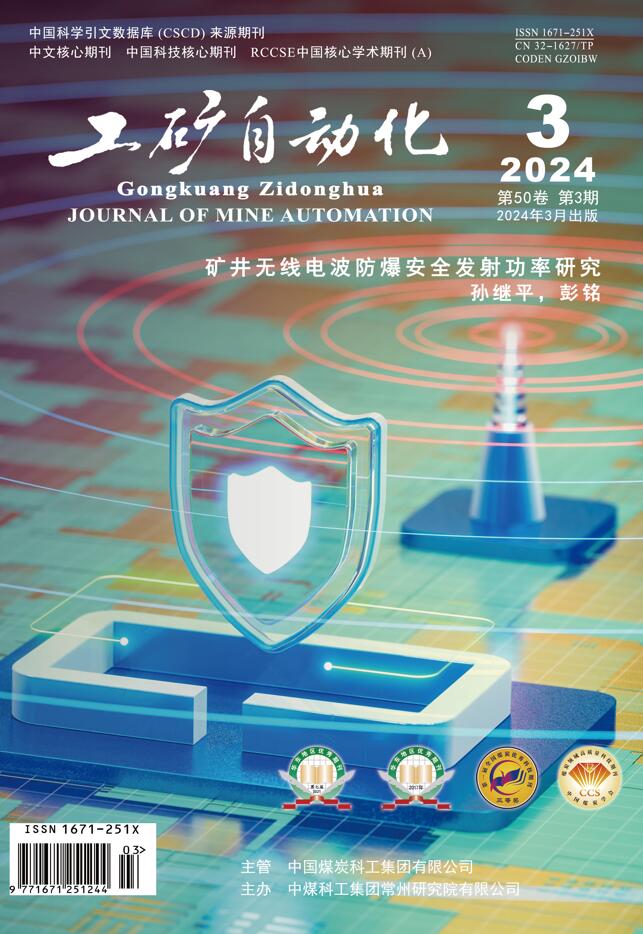Abstract:
Innovation and practice were summarized overall about intelligent fully mechanized coal mining in thin coal seam and thinner coal seam, intelligent fully mechanized coal mining of large mining height and super large mining height in thick coal seam, and intelligentization technology of fully-mechanized top coal mining in super thick coal seam, and shortcomings of the above technologies were analyzed. Five key technologies were proposed for fully mechanized coal mining equipments to adapt to surrounding rock movement and dynamic environment variety, which were intelligent height adjustment control of shearer, intelligent coupling self-adaptive control of hydraulic support units and surrounding rock, intelligent alignment control of working face, cooperative control based on multi-information fusion and intelligent control of advance support and assistant operation. The key technologies lay technical base for intelligent mining progressing to senior stage of self-learning, self-decision-making and self-adjustment from current initial stag. Technical development directions and targets of coal industry in the short term, medium term and long term were proposed, namely intelligent mining, limited unmanned mining and fluidized mining, and development route, key technologies and development direction were also prospected.




